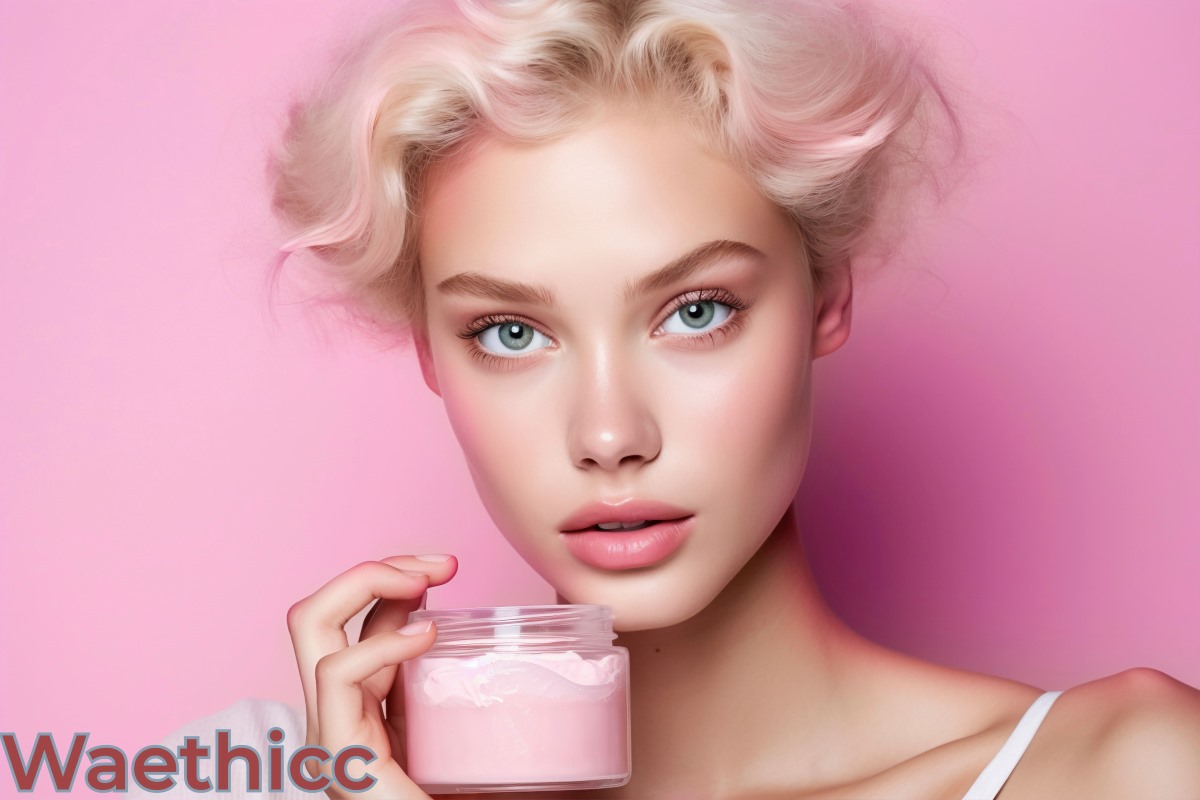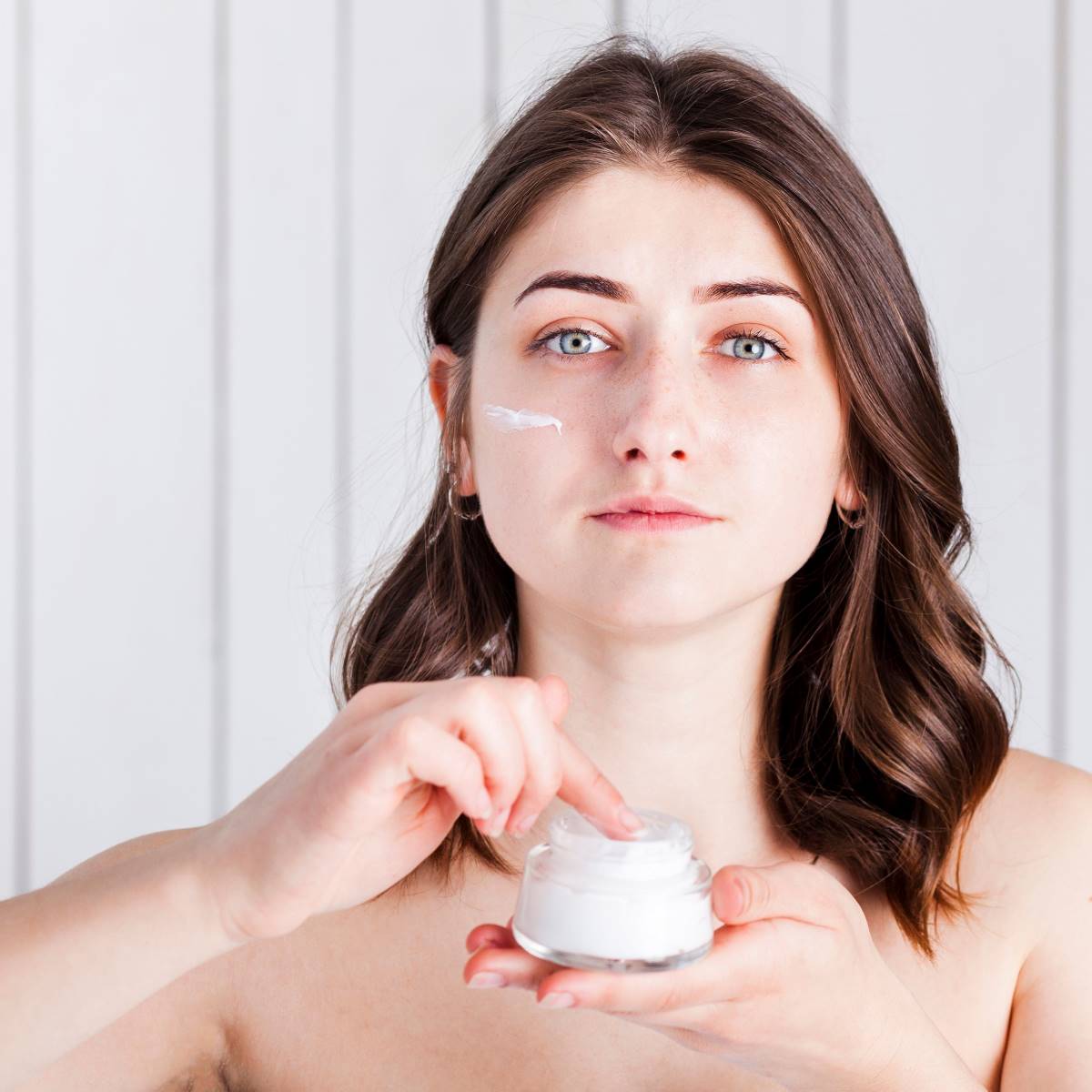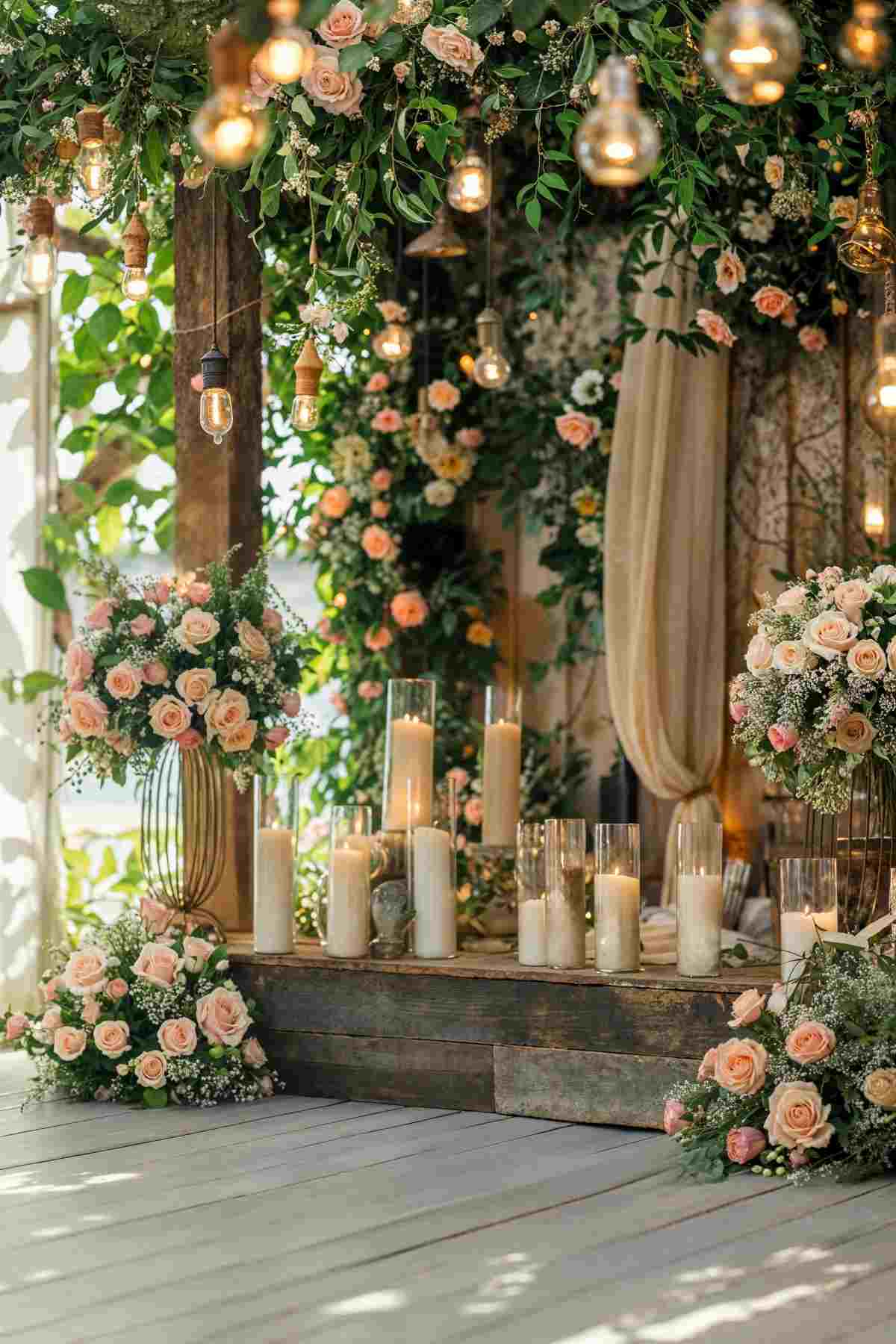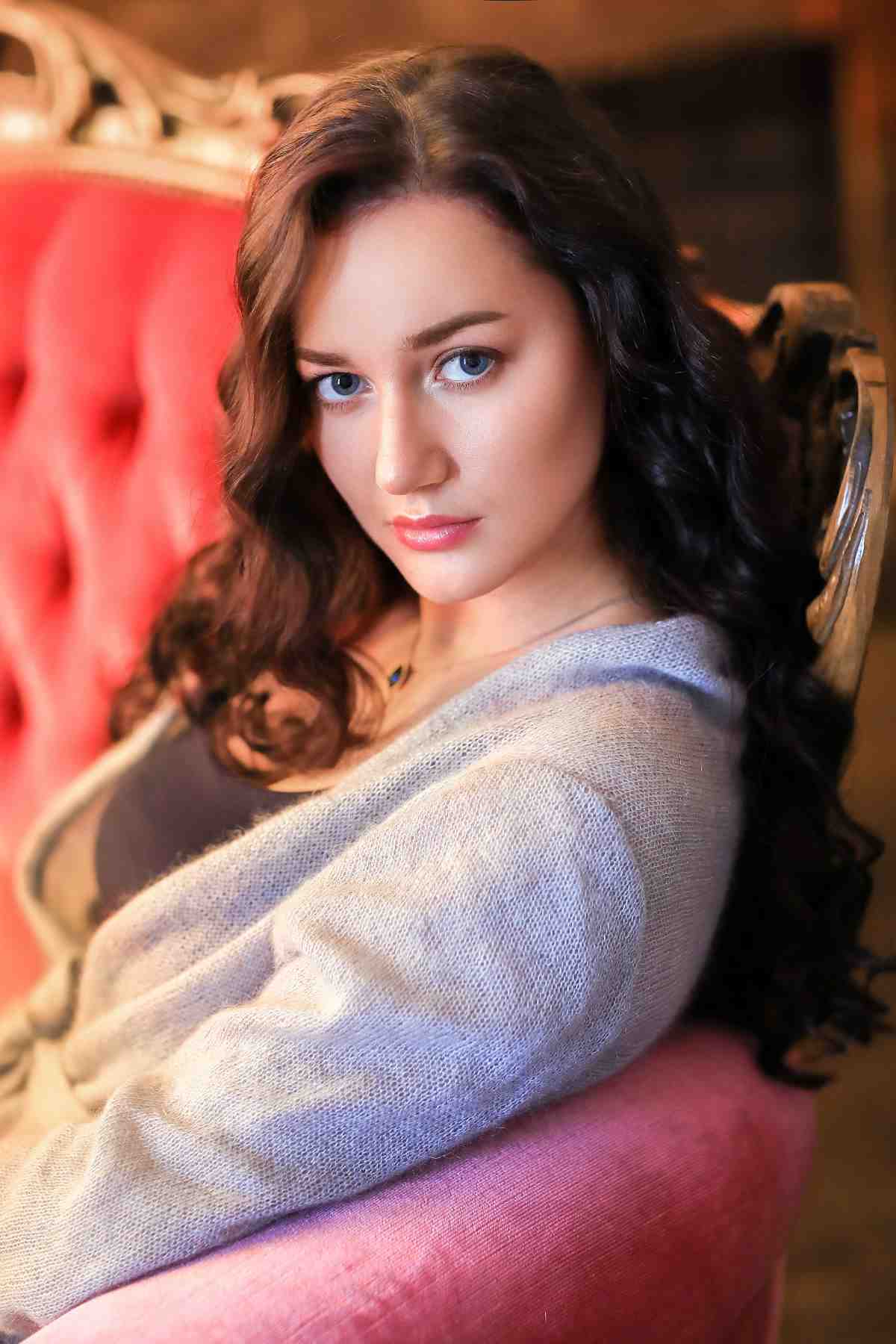New terminology and trends reflecting changes in society attitudes and personal expression surface in the always changing terrain of beauty and body positivity. Among such words that have become popular is “waethicc.” Celebrating many body forms and sizes, this word combines elements of conventional beauty standards with modern ideas of body positivity. We will discuss waethicc in this blog, investigate its beginnings, and address some often asked concerns concerning this fascinating new trend.
What is Waethicc?
“Waethicc” is a combination of “waist” and “thicc,” the latter a common slang term used to characterize someone with a broader, curvier body shape, especially around the hips and thighs. The term “waethicc” describes especially a body type marked by a small waist against larger hips and thighs. Celebrating curves in a way that simultaneously questions and redefines conventional beauty standards, this aesthetic sometimes stresses an hourglass form.
The idea of waethicc emphasizes the growing respect for bodily variety and the rejection of the long-dominant “one-size-fits-all” attitude in fashion and media. It helps people to enjoy their curves and accept their natural body forms.
The Origins of Waethicc
The name “waethicc” most likely came from internet groups, especially on social media sites where self-expression and body acceptance abound. It captures a larger cultural movement that celebrates authenticity and self-acceptance over following limited criteria of beauty.
The emergence of waethicc also corresponds with more portrayal of many body shapes in fashion and media. This body-positive trend has been embraced and spread by celebrities, influencers, and regular people alike, therefore motivating others to follow in line.
FAQs About Waethicc
1. Is Waethicc Only Concerned about appearances?
Though waethicc mostly talks of a particular physical type, it also emphasizes celebrating uniqueness. It’s about confidence, self-love, rejecting negative society standards that define how individuals should look, not only about appearance.
2. In what way might Waethicc connect to body positivity?
A subgroup of the more general body positivity movement, waethicc promotes the acceptance of all body kinds and sizes. It underlines that everyone deserves to feel secure and at ease in their skin since beauty takes many different shapes.
3. Is anyone waethicative?
Definitely yes! Waethicc celebrates a body type that naturally includes a lower waist and fuller hips and thighs rather than about fitting into a specific mold. Beauty and self-worth are not confined to any one physical shape, hence waethicc is only one of several ways individuals could feel beautiful and strong.
4. How might I embrace the Waethicc Aesthetic?
Adopting the waethicc look can be as easy as dressing in items that boost your comfort and confidence. High-waisted jeans, skirts, and dresses that constrict at the waist will highlight your natural figure. Still, the most important thing to embrace waethicc—or any aesthetic—is developing self-love and confidence independent of your wardrobe choices.
5. Does the Waethicc Trend have any drawback?
Like any fad, waethicc can cause problems if it starts to be exclusive or prescriptive. Waethicc is only one body type among many; it is not the “ideal” or “superior” form. Encouragement of body positivity and self-acceptance for every person—regardless of form or size—should always be first priority.
In conclusion:
Waethicc stands for a change toward more inclusive and varied beauty standards. Waethicc supports self-confidence and celebrates more complete body shapes, therefore augmenting the larger body positive movement. It reminds us that everyone deserves to feel good in their skin and that beauty is not a one-size-fits-all idea.
Like any trend, the secret is to encourage others on their road toward self-acceptance while yet embracing what makes you confident and empowered. Whether you relate with waethicc or another style, the most crucial thing is to love and honor yourself as you are.











One thought on “Waethicc: A Contemporary View of Beauty: An Investigation”